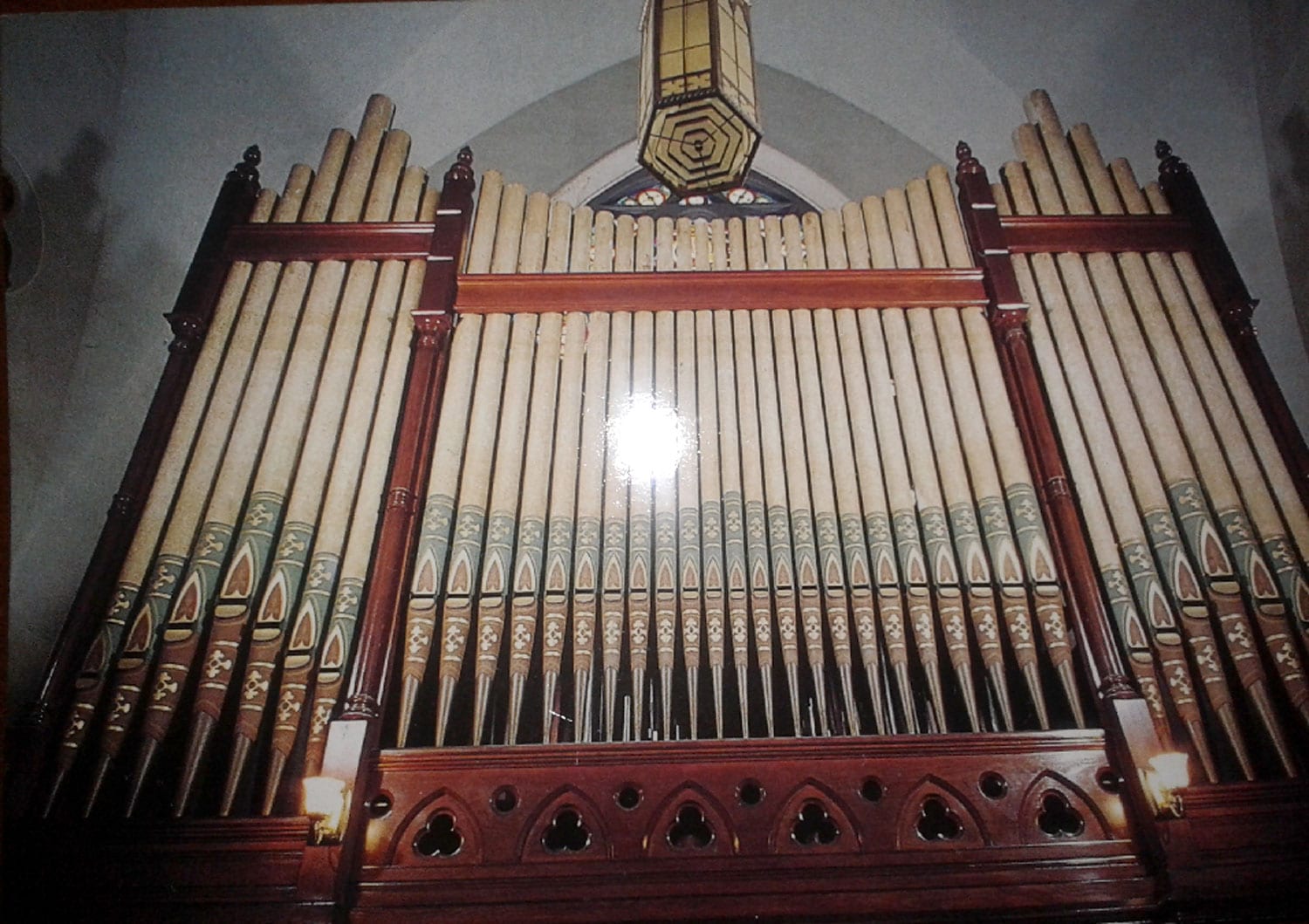I’ve been chomping at the bit to dig into St. Joseph’s history and I was not surprised to find a fat file chock-full of stories about the Lynn church. With its spire towering over Union Street, St. Joseph’s endures as a vibrant place of hope and refuge for generations of immigrants.
St. Joseph’s former deacon, now-Rev. (St. Agnes in Reading) Victor Vitug recounted earlier this month how he undertook a spiritual journey lasting decades that took him halfway around the globe to St. Joseph’s, where fellow worshippers became his new family.
A Daily Evening Item article published almost 70 years ago described how St. Joseph’s was still under construction on Christmas morning, 1875 when the Rev. John C. Harrington celebrated St. Joseph’s first Mass.
A year earlier, Bishop John J. Williams commissioned Harrington to lead Lynn’s newest Catholic parish. The order took Harrington out of St. Mary’s parish and into the former Christian Meeting House on Silsbee Street, located blocks away from where St. Joseph’s took shape at the corner of Union and West Green streets.
Williams presided over St. Joseph’s cornerstone laying on July 4, 1875. It took 10 years to build the church with parishioners worshipping on Silsbee Street even as the sounds of their new church’s construction carried over from Union Street.
Harrington served as pastor until 1913 and his prominence in Lynn’s faith and civic life mirrored St. Joseph’s stature as a house of worship. He served four years on the Lynn School Committee and presided over the purchase of Maple Street property that is now the home of St. Pius Church and school.
He is also credited in 1904 with aiding in the planning for St. John the Evangelist Church’s construction in Swampscott.
St. Joseph’s earliest parishioners included French-American Catholics. The church subsequently helped mark the biggest and most joyful moments in the lives of generations of Irish-Americans living in Lynn and, in the last three decades, saw Central American and Mexican worshippers climb its big stone steps.
The church also saw its share of tribulations and travails, including a January 1965 fire that wreathed St. Joseph’s steeple in smoke. Sisters of St. Joseph dashed through the snow carrying church vestments and liturgical items.
An informed source who was in the church on the day of the fire remembered being ordered along with other altar servers to carry sacred objects from St. Joseph’s even as the sound of firefighters working to fight the blaze in the rafters and on the roof echoed throughout the church.
The three-alarm fire sent firefighter Robert Cipoletti, who would later serve a term as Ward 4 city councilor, to the hospital for oxygen treatment. Investigators subsequently determined a boy playing with a lighter started the fire.
St. Joseph’s also endured a rash of burglaries in the 1990s. By 1996, its congregation numbered 1,100, including many Spanish-speaking worshippers.
St. Joseph’s has also seen its share of triumphs. Former pastor James Gaudreau ministered to their needs and provided the Archdiocese of Boston in the 1990s with advice on expanding Latino parishes.
Gaudreau was one of the first local pastors to work with the newly-formed Essex County Community Organization in the mid-1990s. Today, ECCO is a voice for immigrant needs.
The same patience that saw its earliest parishioners persevere during St. Joseph’s 10-year construction also defined the congregation in the 1980s and 1990s when parishioners helped pay for the restoration of the church’s organ.
The work included replacing the organ’s large leather bellow bags. Built by E and G.G. Hook of Boston in the 1840s, the organ was installed in the church in 1891. It has 1,671 pipes with the largest 16 feet tall. Master organist Michael Michaud of Lynn in 1994 said the organ was one of the oldest “three-manual” models in the country.
St. Joseph’s welcomed new administrator Rev. Andrea Filippucci last week, who will work with Rev. Wellington de Oliveira, the church parochial vicar.

